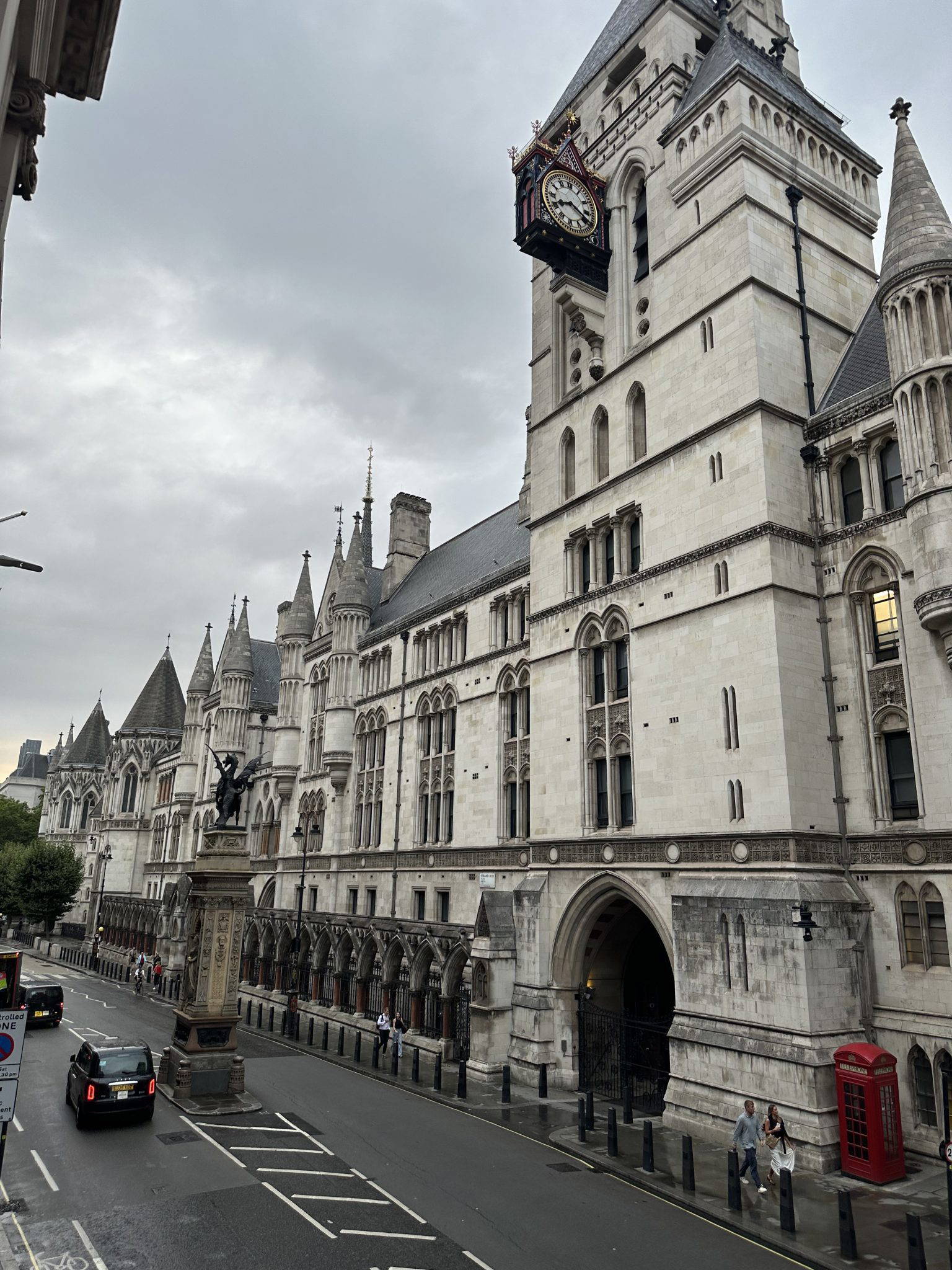
When Judges Become Mediators: What Dover Farm Developments Ltd v Smith Reveals About Access to ADR
The recent decision in Dover Farm Developments Limited & Anor v Smith & Anor [2025] EWHC 2862 (KB) highlights an increasingly visible — and quietly transformative — development in civil justice: judges informally stepping into a mediation-facilitative role where the parties cannot afford private ADR.
Although the judgment is formally concerned only with costs following two unsuccessful interim applications in a defamation claim, Master Fontaine’s narrative reveals something more interesting. What began as a routine strike-out and amendment hearing ultimately became the catalyst for a court-facilitated mediation, ordered precisely because the Defendants — litigants in person — were unable to afford a private mediator.
This is not an isolated phenomenon. But this case provides one of the clearest examples yet of how the courts are increasingly using their case-management powers to steer parties into resolution where cost barriers would otherwise prevent them accessing ADR.
A Hearing That Quietly Became a Mediation Intake
At the July 2025 remote hearing, both sides failed in their respective applications. Ordinarily, the hearing would have simply concluded with costs reserved. Yet Master Fontaine recognised something else:
- The parties were entrenched.
- The Defendants were litigants in person.
- A defamation trial would be lengthy, expensive and high-stakes.
- And critically, the Defendants could not afford private mediation fees.
Rather than let the case progress towards an inevitably disproportionate fight, the Master actively encouraged the parties to consider mediation, going so far as to make clear that the court could order ADR if needed.
This type of judicial encouragement is within the post-Churchill landscape, but the next step in this case went further.
A Court-Ordered Mediation — Because the Parties Could Not Afford One
Because both sides were open to mediation but the Defendants lacked the resources to pay for a private mediator, Master Fontaine ordered a court-conducted mediation, listing it before Deputy Master Skinner. The order was made on 26 July 2025, and the mediation took place in September — successfully resolving the underlying dispute.
This is striking. The court was not simply cajoling, nudging or suggesting ADR. Instead, it structured an alternative pathway and provided judicial mediation as a substitute for the private market, responding directly to the financial realities of at least one party.
In many jurisdictions this would be standard — judicial settlement conferences are routine in commercial lists abroad — but in England and Wales, this sits at the cutting edge of evolving ADR practice.
Why This Matters: Access to Justice Meets ADR
The case exposes a systemic issue:
1. Many litigants cannot afford mediation — even when it is obviously the best route to settlement.
Defamation proceedings are notoriously expensive. Litigants in person face an asymmetric battle where the represented party’s legal spend racks up quickly.
2. Judicial mediation is quietly filling a widening affordability gap.
While private mediation remains the gold standard, cost is a barrier. In cases like Dover Farm, a judge stepping in may be the only way an ADR process becomes accessible.
3. The court has become increasingly willing to facilitate, encourage — and now even order — mediation.
Post-Churchill, the judiciary has explicit authority to direct parties to ADR. This case shows that judges are prepared to use that power in practical, creative ways.
4. Judicial mediation saved significant cost for both sides.
Master Fontaine openly acknowledged that the July hearing, while unsuccessful on the merits, played a key role in achieving settlement. The court’s involvement avoided “considerable costs for both parties”.
A Sign of Things to Come?
This case may be remembered not for its defamation issues or costs calculation, but for its clear example of a judge performing a quasi-mediator function:
- identifying ADR as the only realistic exit route,
- addressing the affordability barrier, and
- ensuring a mediation took place by providing a judge to conduct it.
It aligns with a wider shift: judicial mediation, hybrid processes, court-backed ADR and compulsory settlement activity are becoming normalised, especially for litigants in person.
The message from Dover Farm is unmistakable:
where parties cannot afford private mediation, the court may increasingly step in — not as an adjudicator, but as a facilitator of settlement.
This is mediation in its purest form: pragmatic, humane, and cost-saving. And it may well represent the future landscape of civil justice.
